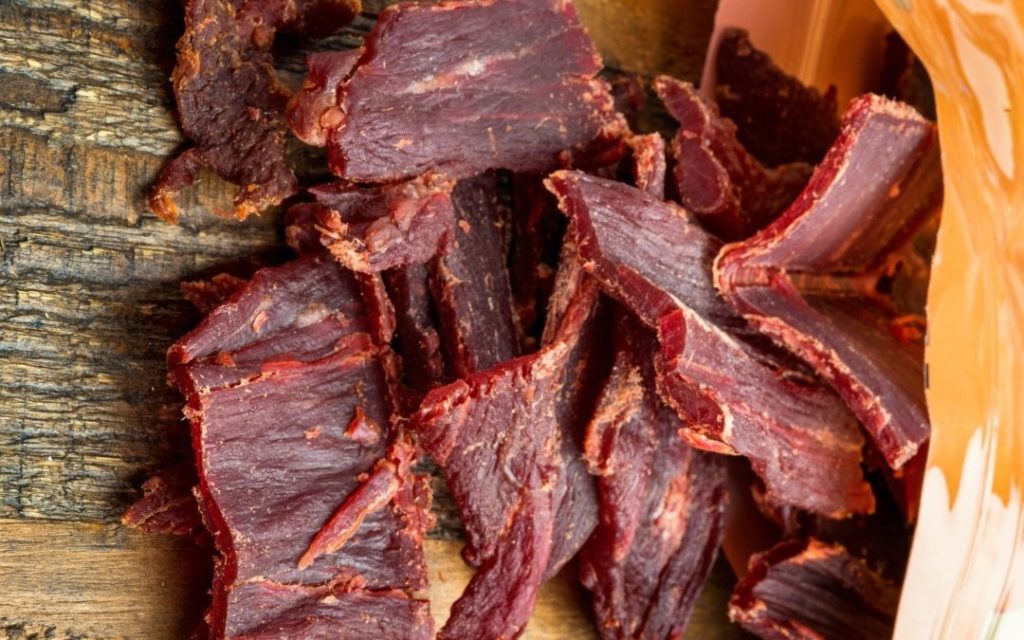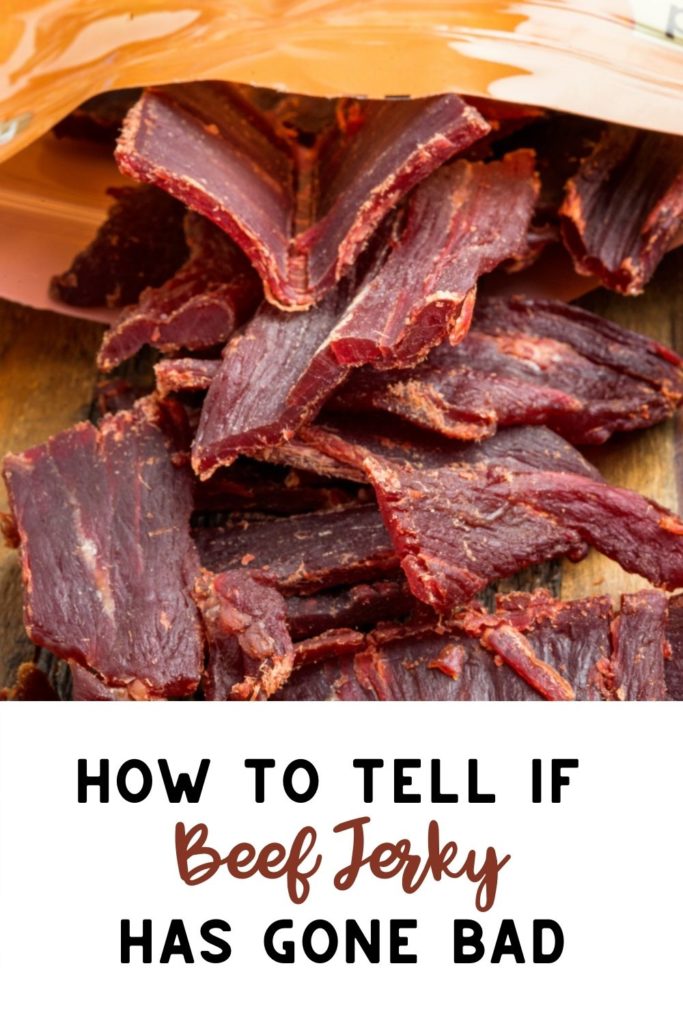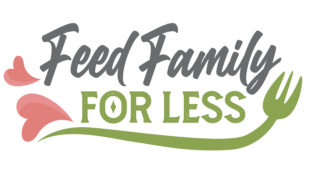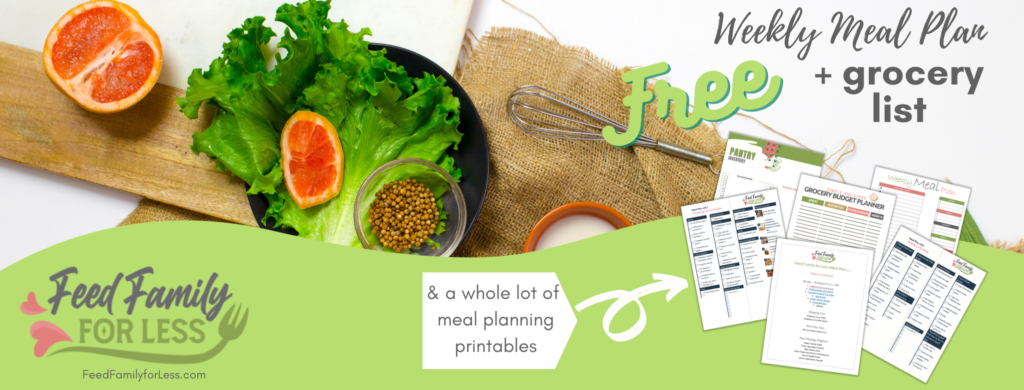Even though fresh meat is widely available, drying meat, being one of the oldest methods of preserving meat—is still used today. Adding salt and other seasonings to dried beef, or jerky, transforms it into a delectable trail food or snack. It is possible to use jerky for months after it has been dried and stored correctly. However, if incorrectly managed, it can become harmful.
The same as any other product, beef jerky has its flaws. You can wind up with dry, harsh, and in the end, rotten jerky that’s coated with mold. In other words, even dehydrated food will deteriorate in time.
In this article, I’ll help to understand how you can tell when your beef jerky is spoiled, how long it can last before it spoils, the period it will keep once opened, why beef jerky keeps long, and other related questions people frequently ask.
This post may contain affiliate links. Read my disclosure policy here.
How Do You Know When Your Beef Jerky Has Gone Bad?
You should be able to determine if you’ve opened a bag of decaying meat in most circumstances—even without moisture, decaying meat will still smell bad. Before you eat any beef jerky, give it a good sniff. Usually, your nose will let you know what’s going on in your body.
When it comes to spotting rotten beef jerky, visual indicators can be helpful, but they aren’t the most reliable because rotting beef jerky doesn’t emerge until it develops mold. A bag of jerky, for example, cannot always be judged by its appearance. Beef jerky that is nearing its expiration date will be darker and more rigid than usual.
- Make sure there is no condensation on the jerky package
- Examine the contents of the package by opening it and removing one or two components. Ideally, they should be evenly dry and only slightly flexible, but not completely rigid. Uneven softer and harder spots are signs of insufficient drying or moisture absorption, which damp spots can identify. As bacteria can grow in the soft places of the jerky, you should not eat it
- Smell your jerky before you eat it—it should smell clean and flavorful with no “off” odors such as mildew or rancid fat. If any of these are found, you should throw the jerky away.
- Recycle or toss any jerky that has mold or discoloration evident on the surface. Mold or other germs cannot grow on jerky that has been allowed to dry out to the point where it is safe to eat. In a nutshell, you should not eat anything moldy or discolored.
It is possible to store commercial jerky for up to a year in a cold, dark place. You should devour homemade jerky quickly because its packaging is less airtight. If you plan to use the jerky in the future, refrigerating it will lengthen its shelf life.
Your handmade jerky should be packaged in tiny portions, as this will save you from throwing out a significant amount of food if one or two pieces go bad.
How Long Can You Keep Beef Jerky Before It Goes Bad?
According to USDA rules, you can store professionally packaged beef jerky for up to two years before it becomes unsafe for human consumption.
On the other hand, handmade beef jerky does not last as long as commercially produced beef jerky. Commercial jerky is made in a strict and government-regulated process that does an excellent job of preserving beef.
On the other hand, homemade jerky is typically produced in a heated oven or a small food dehydrator. For manufacturing edible jerky, these methods are excellent. However, the completed product will only be good for up to two months.

How Long Can Beef Jerky Keep Once Open?
When opened, beef jerky can last up to three days without refrigeration if it’s moist or drier.
Beef jerky has a long shelf life due to two crucial features—moisture and oxygen. Keeping beef jerky fresh for an extended period is possible by removing humidity and decreasing oxygen exposure in a sealed package.
Nevertheless, once a package is unsealed, the beef jerky is exposed to oxygen and moisture. This is why it’s crucial to reseal any remaining jerky in an airtight container. Once sealed in an airtight plastic bag or container, it should last for years.
Why Does Beef Jerky Last So Long?
Beef Jerky is typically made from lean cuts of meat that are low in fat. Fat breaks down faster than lean meat. Therefore, the more fat there is, the sooner it will go bad. Bacteria love moist environments, which is why drying the Jerky eliminates most of the water.
Beef jerky has a lot of salt, which acts as a barrier against microorganisms. In addition, the seasoning pepper helps extend its shelf life. If you buy Beef Jerky from a store, it will also have extra preservatives added to extend its shelf life.
Can You Extend The Shelf Life Of Your Beef Jerky?
There are many methods for preserving beef jerky. While all of these methods will enhance the shelf life of your jerky, keep in mind that you should always apply the “smell test” to all of your jerkies before you consume them. And because food poisoning can be so dangerous, you should avoid spoiled beef jerky at all costs.
Freezing your beef jerky limits the chances of germs or other impurities getting into your meat and speeding up the decaying process. You can store your beef jerky in the freezer as an option, and you can store vast amounts of jerky for several years in a deep freezer if you have enough freezer space.
You can also dry your jerky by using desiccants. In most cases, beef jerky is sold with an accompanying silica gel bag, which is not a coincidence. It’s designed to absorb any moisture that may have been trapped in the bag during sealing. So if you want to keep your jerky dry at all times, place these bags around it.
Before drying, cut out any fat to extend its shelf life while creating homemade beef jerky because fat is always the first part of the meat to go bad. Fatty meat often goes bad first, and the rot can spread and damage the entire batch when it occurs. On the other hand, leaner meat is less prone to going bad before its due date.
What Does It Mean When You Notice Water Droplets In The Beef Jerky Bag?
Put your beef jerky in the garbage if you find tiny water droplets within a sealed beef jerky bag because properly dried beef jerky shouldn’t sweat out moisture.
Water droplets in the bag indicate that you didn’t correctly dry the beef jerky before packaging it in the bag. Also, you need to note that the jerky has possibly been sitting in that bag for weeks or months. Again, if you notice this problem, toss the jerky in the trash.
On the other hand, if you observe this problem in freshly prepared jerky, there’s no reason to throw it out. You can put the meat back into the dehydrator if you discover the problem quickly. And with the help of these water droplets as a measurement technique, it is possible to fine-tune your drying procedure.

Related Questions
1. Can Beef Jerky Go Bad In a Hot Car?
No, a car’s heat won’t impact beef jerky, unlike fresh or perishable food. Most likely, the jerky will become hard and chewy. And because beef jerky is excellent hiking and vacation snack food option, beef jerky will unlikely go bad in a hot car.
2. Can You Get Sick From Eating Old Beef Jerky?
Yes, eating rotten beef jerky can make you sick. You should avoid eating rotten meat because it contains many dangerous organisms, resulting in nausea—a symptom of food poisoning.
3. What Causes White Substance On My Beef Jerky?
Toxic mold, fat, and salt can cause white spots on beef jerky products. Jerky with fat and salt on the outside is acceptable to consume; however, you should throw jerky with mold away.
4. Why Is My Beef Jerky Greasy?
Your jerky is greasy because it contains too much fat that spoils rapidly, which is the reason why leaner meat is better for jerky. If you’re preparing jerky from fowl, such as turkey or chicken, you’ll want to use thinner breast flesh.
5. Can You Put Too Much Cure In Jerky?
Jerky that has too much cure will taste salty. You can cut the cure in half per pound of beef by using the correct method and measuring the ingredients appropriately. When the meat is finished cooking, it should still be pink in the middle.
Conclusion
Unfortunately, it’s not that difficult to identify when beef jerky has decayed, as you might have figured by now. Meat that has gone bad is one of the world’s most disgusting things, and even the least picky of diners will certainly gag when they get their hands on some.
Beef Jerky does occasionally go bad, although it’s usually only by a hair. This shows that it is a relatively safe food. All you need to do is remember to keep your eyes and nose open to note any kind of spoilage.







